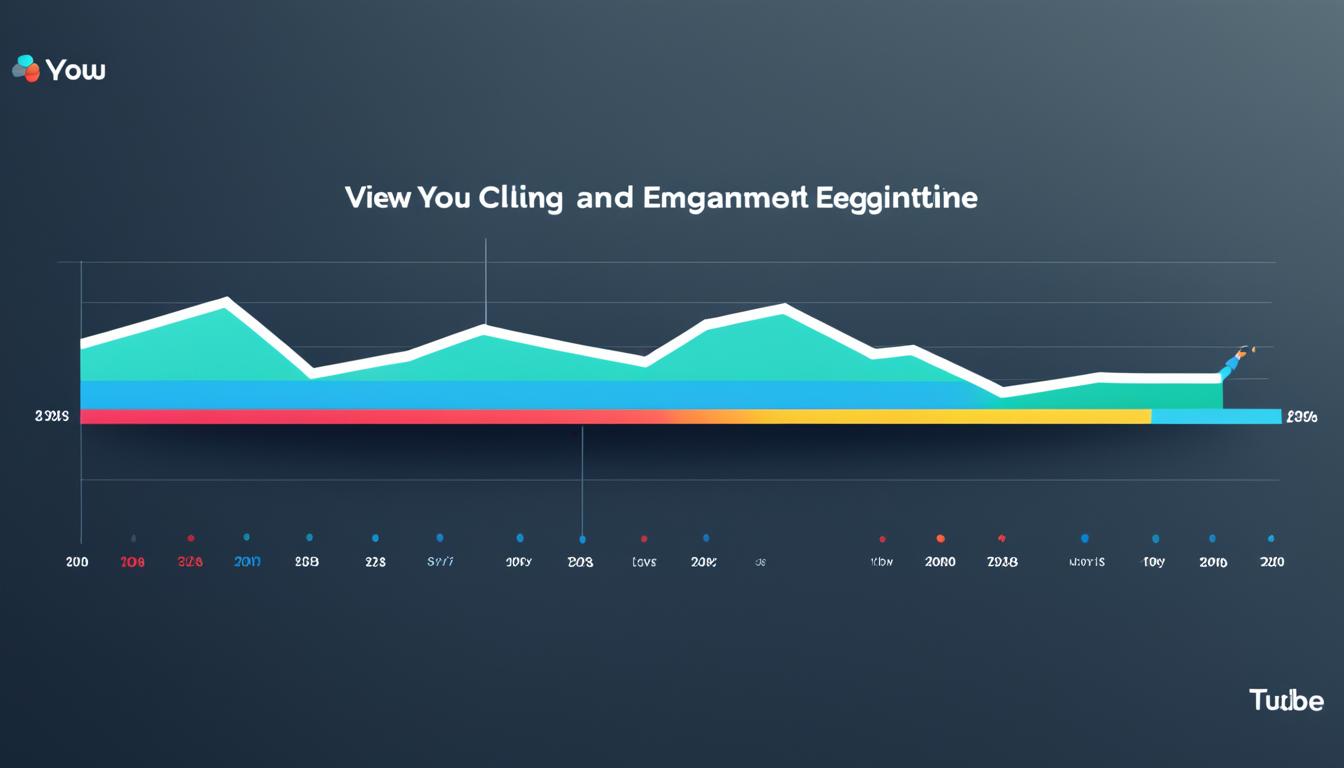In the big, wide world of data, finding the right paintbrush to create beautiful visualizations can be tricky. But fear not! The year 2024 has brought us some amazing magic wands (a.k.a. data visualization tools) that are easy to use and super powerful. Here’s a quick look at the top three visualization Tools.
Introduction
- Tableau Public: The Friendly Wizard’s Wand 🧙♂️✨
- Tableau Public is like a friendly wizard’s wand that’s perfect for everyone, from data newbies to pros. It’s known for its easy-to-use handle (interface) and a big book of spells (visualization options). This wand lets you cast interactive data spells and create enchanting dashboards that everyone can see and play with.
- Microsoft Power BI: The Swiss Army Knife of Data 🔪💼
- Think of Microsoft Power BI as a super versatile Swiss Army Knife. It’s packed with tools for crafting insightful data pictures and reports. Plus, it gets along really well with other Microsoft gizmos, making it a handy tool in your data toolkit.
- Google Data Studio: The Free Magic Carpet 🧞♂️🔮
- Google Data Studio is like a magical, free carpet that flies using data from all sorts of places. It lets you soar through the skies of dynamic reports and interactive dashboards without spending a dime.

Tableau:
It is a free platform offered by Tableau Software, renowned for its data visualization capabilities. It’s particularly popular for its user-friendly interface and wide range of visualization options, making it suitable for both beginners and experts in data analysis.
Key Features of Tableau Public:
- Interactive Visualizations: Users can create and publish interactive data visualizations, which are shareable and viewable by anyone.
- Integration with Various Data Sources: Tableau Public allows integration with multiple data sources, including spreadsheets, SQL databases, and cloud databases.
- Customization: It offers extensive customization options for charts and dashboards.
- Large Community: Tableau Public has a robust community of users, providing a wealth of shared data visualizations and resources. 5. Data Sharing: Visualizations can be shared publicly, enhancing collaboration and information dissemination.
Ideal Use Cases:
- Academics and students for educational purposes.
- Journalists and bloggers for storytelling with data.
- Small businesses or individuals for data exploration and public sharing.
Tableau Public stands out as a robust and accessible tool for creating detailed and interactive data visualizations. Its ease of use and wide range of capabilities make it a popular choice for those seeking to delve into data visualization without the need for extensive technical knowledge or resources.
| Pros | Cons |
| User-Friendly Interface: Known for its intuitive and interactive dashboard. | Limited Data Storage: As a free version, it has more restrictions on data storage and processing capabilities compared to the premium version. |
| Advanced Visualization Options: Wide variety of visualization tools, which can be complex but offer more depth. | Public Sharing: Dashboards are publicly available, which might not be suitable for sensitive data. |
| Large Community: Strong support community and extensive learning resources. | Limited in Advanced Features: Lacks some of the more advanced analytics features found in the full paid version. |
| Data Connectivity: Supports a wide range of data sources. |
References
- Tableau Public Homepage: Offers a comprehensive guide to the platform, including features and community aspects Tableau Public Homepage.
- Beginner’s Guide to Tableau Public: Provides insights for newcomers on how to sign up and create a strong profile Beginner’s Guide to Tableau Public.
- Free Data Visualization Software: Describes the capabilities and advantages of using Tableau Public Free Data Visualization Software.
- Tableau Community: A platform to connect with other Tableau users and participate in challenges Tableau Community.
Microsoft Power BI:
Microsoft Power BI is a leading business analytics service by Microsoft. It offers interactive visualizations and business intelligence capabilities with an interface simple enough for end users to create their own reports and dashboards.
Key Features:
- Integration: Excellent integration with other Microsoft products and a wide range of data sources.
- Real-time Dashboard: Displays live data, allowing for up-to-the-minute reporting.
- Custom Visualizations: Users can create their own visuals or use those available in the marketplace.
- AI-Powered Insights: Offers AI-driven features for predictive modeling and data analysis.
- Collaboration Tools: Seamless integration with Microsoft Teams and other collaboration tools.
Ideal for:
Power BI is particularly beneficial for businesses already using Microsoft products. It’s ideal for those who need robust data analytics capabilities without a steep learning curve.
User Experience:
The interface is intuitive, especially for those familiar with the Office 365 suite. Customizable dashboards and the drag-and-drop feature make it user-friendly.
Use Cases:
A retail company using Power BI to analyze and visualize sales data across various regions.
Healthcare organizations leveraging Power BI for patient data analysis to improve treatment outcomes.
What Sets It Apart:
Its deep integration with other Microsoft services, like Azure and Office 365, sets Power BI apart from competitors. This makes it a go-to choice for many enterprises.
| Pros | Cons |
| Integration with Microsoft Products: Seamless integration with other Microsoft tools like Azure, Excel, and SharePoint. | Learning Curve: Can be complex for beginners, especially in data modeling and DAX. |
| Comprehensive Data Modelling: Offers extensive data modeling and AI capabilities. | Performance: Can be resource-intensive, affecting performance with large datasets. |
| Regular Updates: Continuously updated with new features and enhancements. | Limited Data Capacity in Free Version: The free version has data capacity limitations. |
| Range of Connectivity Options: Supports various data connectors. |
References
- Overview of Power BI: Microsoft Learn – What is Power BI?
- Data Visualization with Power BI: Microsoft Power BI – Data Visualization
- Pricing and Product Comparison for Power BI: Microsoft Power BI – Pricing
Google Data Studio:
It is a powerful and free data visualization tool that’s part of the Google Cloud Platform. It’s known for its user-friendly interface and flexibility, allowing users to turn their data into informative, easy-to-read, interactive reports and dashboards.
Key Features:
Here are some key features and advantages of Google Data Studio:
- Integration with Google Products and Other Data Sources: One of the major strengths of Google Data Studio is its seamless integration with various Google products like Google Analytics, Google Sheets, Google Ads, and more. It can also connect to non-Google data sources, making it versatile for different data integration needs.
- Customizable and Interactive Reports: Users can create customizable and dynamic reports and dashboards. These reports are interactive, allowing viewers to drill down into specifics or get an overview as required.
- Real-Time Data: It supports real-time data, which is crucial for up-to-date reporting and analysis.
- Collaborative Features: Like many Google products, Data Studio offers strong collaborative features. Multiple users can work on the same report simultaneously, and it’s easy to share reports with team members or stakeholders.
- Data Visualization Options: Google Data Studio provides a variety of visualization options like charts, graphs, and tables. These can be customized to suit the specific needs of the report and the audience.
- Ease of Use: It has a relatively low learning curve, especially for those familiar with other Google applications. This makes it accessible to users who might not have specialized data analysis or business intelligence background.
- Free to Use: Google Data Studio is free, which is a significant advantage for small businesses, startups, or individuals who need powerful data analysis and reporting capabilities without a significant investment.
Use Cases:
Google Data Studio is particularly beneficial for organizations that rely heavily on other Google services and are looking for an easy-to-use tool to visualize and share their data insights. It’s ideal for marketing analytics, sales reports, and other business analytics needs.
| Pros | Cons |
| Free to Use: No cost involved, making it accessible for small businesses and individuals. | Data Sources and Transformations: Limited compared to Tableau and Power BI, especially in data preparation. |
| Integration with Google Products: Easy integration with Google services like Analytics, Ads, and Sheets. | Complexity in Advanced Features: Less suited for very advanced data analytics needs |
| Real-Time Data: Supports real-time data reporting. | Customization and Visuals: While good, it might not be as advanced or rich as Tableau or Power BI |
| Collaborative Features: Easy sharing and collaborative work, similar to other Google tools. | |
| Collaborative Features: Easy sharing and collaborative work, similar to other Google tools. |
Refrences:
- General Overview of Google Data Studio: A blog post announcing the general availability of Google Data Studio and its key features Google’s Official Blog.
- Beginner’s Guide to Google Data Studio: An overview of the homepage, features, and usability of Google Data Studio for beginners Boltic.io.
- Introduction to Google Data Studio (Video): A YouTube video providing an introduction to Google Data Studio YouTube.
- Guide to Google Data Studio for Better Reporting: A detailed guide on using Google Data Studio for creating and sharing reports Neil Patel’s Blog.
Conclusion:
In summary, Tableau Public is excellent for advanced data visualization with some limitations in data storage and privacy. Power BI is ideal for users deeply integrated into the Microsoft ecosystem, offering powerful BI capabilities but with a steeper learning curve. Google Data Studio, while less advanced, is a cost-effective and user-friendly option, particularly suited for users reliant on Google’s suite of tools. The choice depends on specific needs, technical expertise, and the existing software ecosystem of the user or organization.
Additional Resources and References:
- Tableau Public Homepage: Offers a comprehensive guide to the platform, including features and community aspects Tableau Public Homepage.
- Beginner’s Guide to Tableau Public: Provides insights for newcomers on how to sign up and create a strong profile Beginner’s Guide to Tableau Public.
- Free Data Visualization Software: Describes the capabilities and advantages of using Tableau Public Free Data Visualization Software.
- Tableau Community: A platform to connect with other Tableau users and participate in challenges Tableau Community.
- Overview of Power BI: Microsoft Learn – What is Power BI?
- Data Visualization with Power BI: Microsoft Power BI – Data Visualization
- Pricing and Product Comparison for Power BI: Microsoft Power BI – Pricing







Leave a Reply